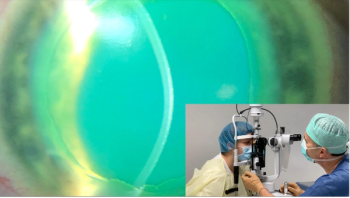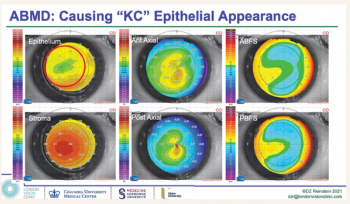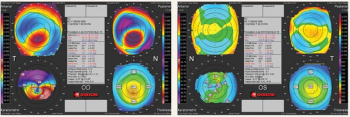Articles by Lisa Stewart, PhD

Corneal cross-linking (CXL) is improving all the time, although all protocols retain the basic requirements for oxygen, riboflavin and UV light. Recent developments mean that CXL at the slit lamp is feasible, which will improve access to the procedure.

The epithelium adapts to compensate for changes in the cornea and these changes can be detected with high sensitivity, reducing both false positives and false negatives in the diagnosis of keratoconus.


Eye rubbing is an essential factor in the development of keratoconus. “No rub, no cone” is the rule: a genetic predisposition for the disease will come to nothing without excessive eye rubbing.

Dietary macular pigments, which can now be measured directly and accurately, are hugely important in optimising visual function, especially as we age.






